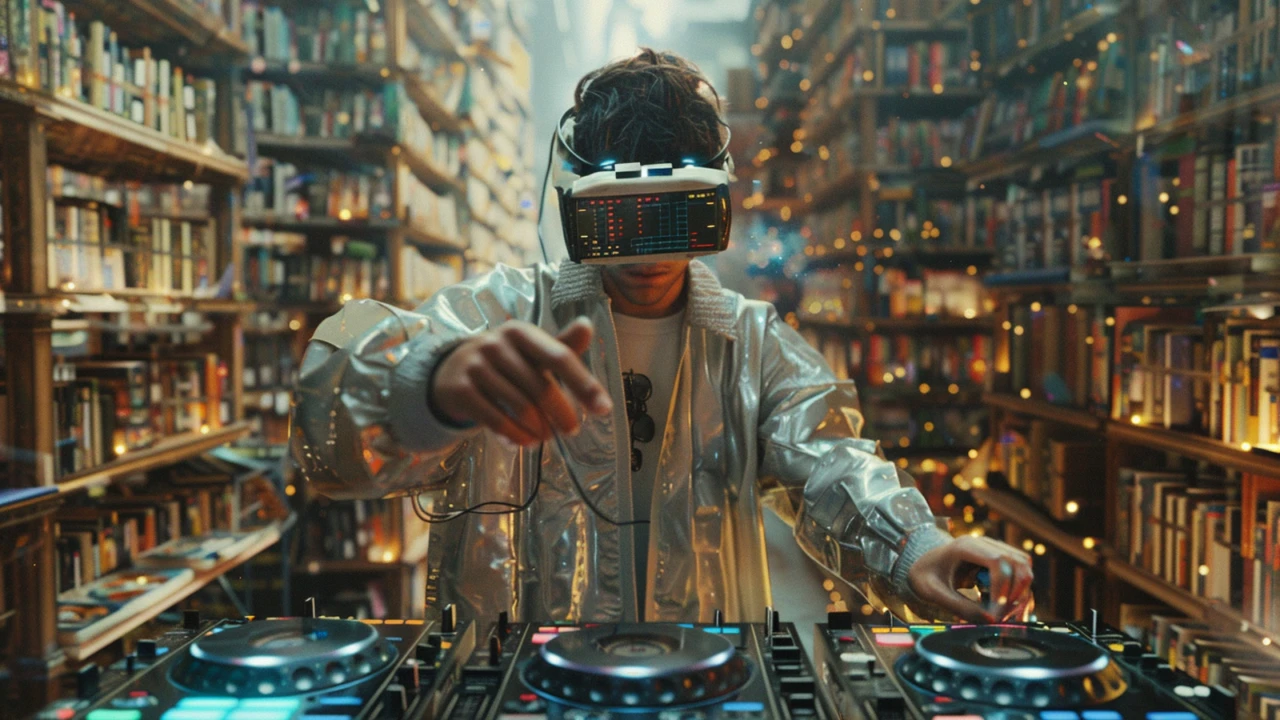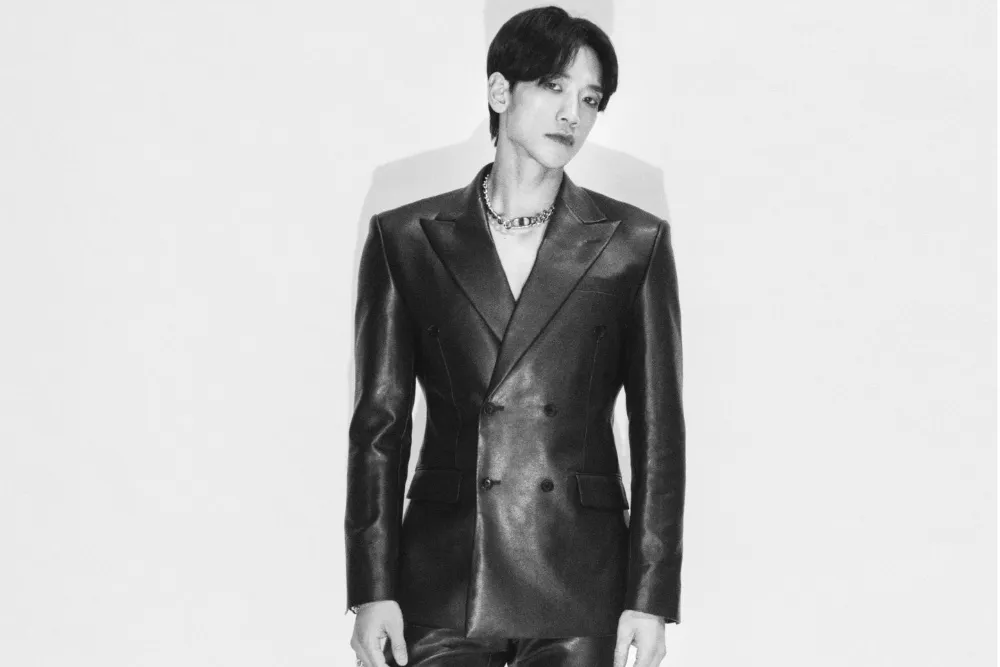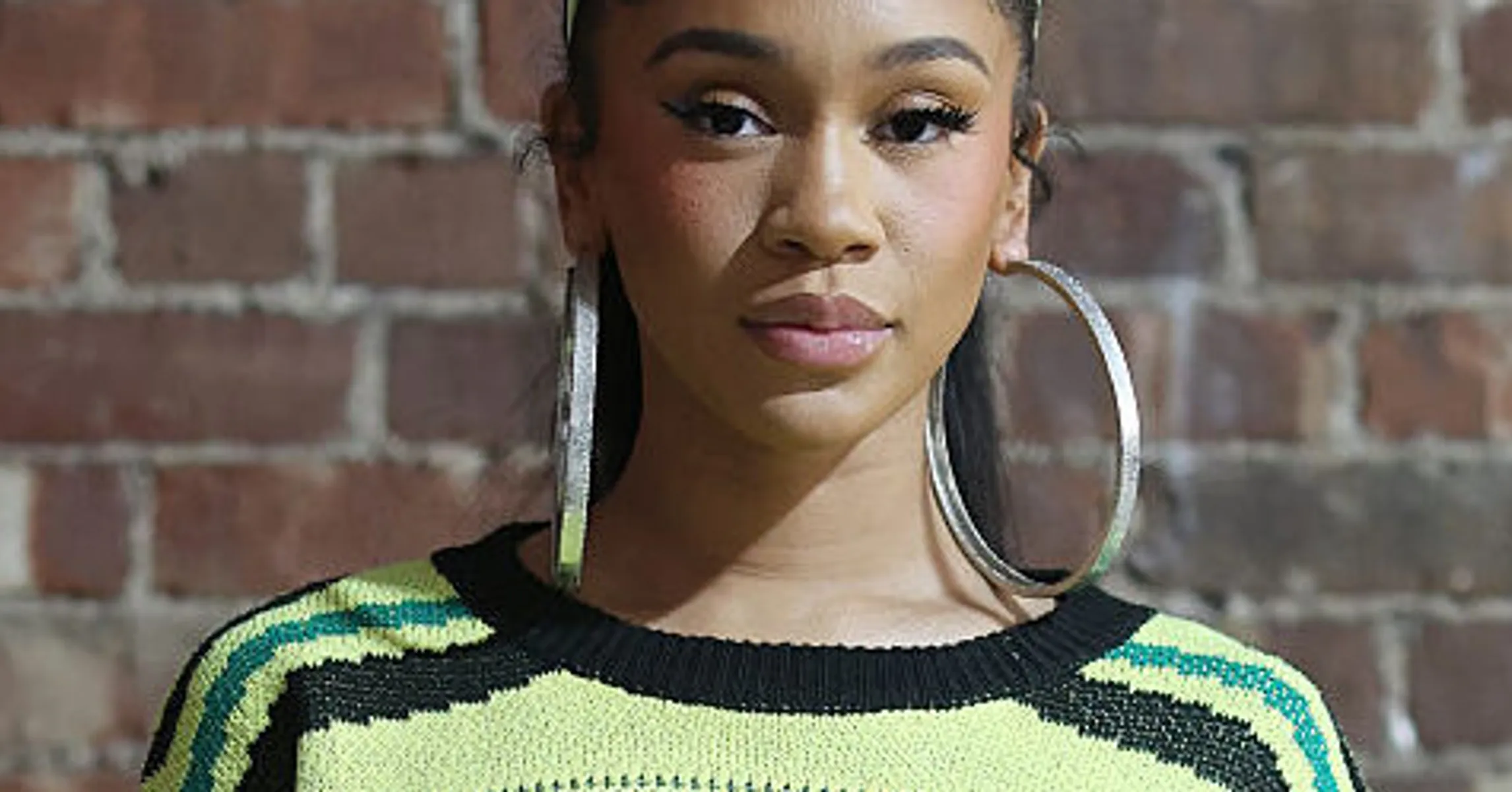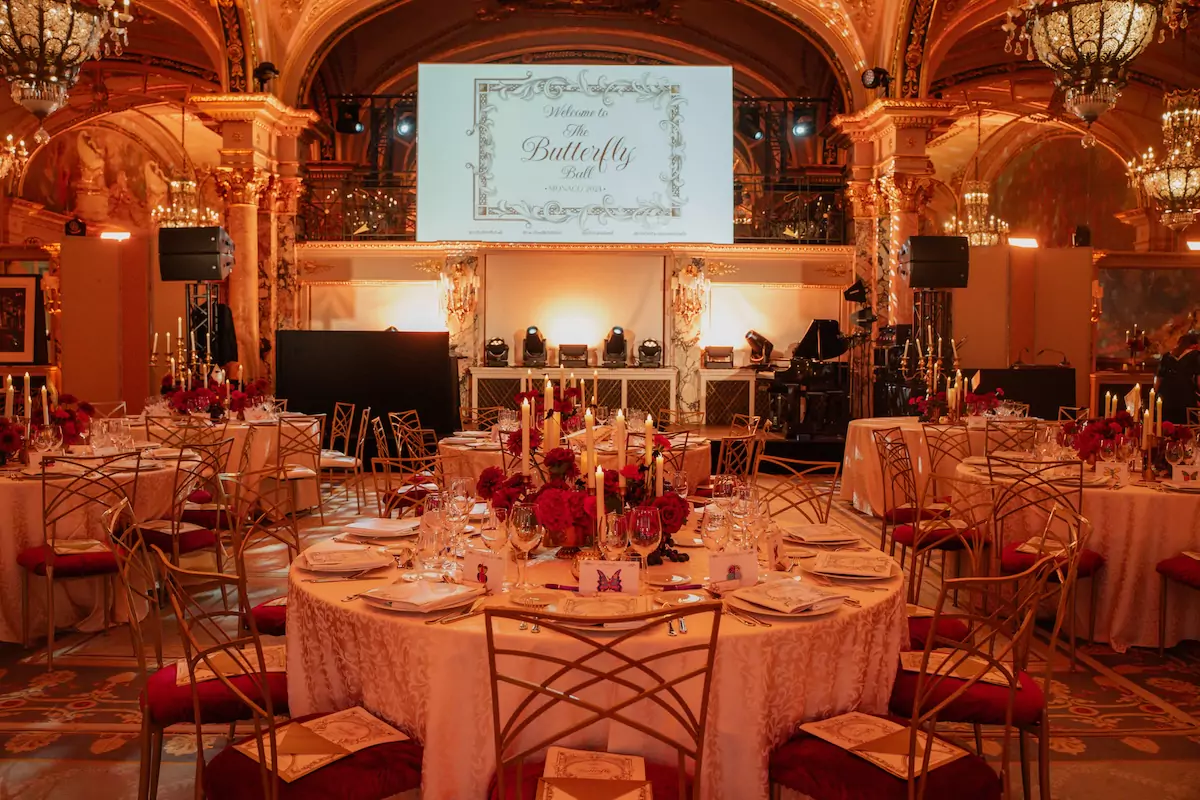By Samden Lama Dukpa
Copyright techgenyz

Narrative immersion and emotional engagement are increased by spatial audio and AR visuals.The deployment of AI enables personalised, non-linear storytelling experiences in MR podcast settings.
Mixed Reality Podcasts redefine the immersion concept in media, which often conjures images of dazzling virtual reality headsets and complex visual simulations. In reality, immersion is more of a psychological experience, where one feels deeply absorbed or overwhelmed. Even traditional media such as books or age-old storytelling can provide profoundly immersive experiences, allowing individuals to feel as though they have temporarily relocated to another world.
Historically, podcasting has proven capable of immersion. The very existence of gripping allegations on the podcast demonstrates that through sound, listeners can be drawn into a different reality, something that is often referred to as narrative immersion. The stories are carefully crafted, so the listener builds a world of their own in their minds.
Whatever ambience and atmospheric sounds are at work-there could be the chirping of birds, those random gusts of wind, or noises from the other side of town. The use of these sounds, pauses, and silences is to build expectations, allow them to become connected emotionally with the narrative, and further enhance the imaginative immersion. The intimate nature of podcasts, a sound delivery method to the ears of listeners, builds up a unique relationship between those listeners and the reality that they actively create. This is not true for most visual content, which often provides a singular reality that is pre-defined.
Technology is rapidly evolving in a particularly exciting way for MR-aided audio-first experiences to be given interactive visuals, thereby paving the way for a new concept-labeled ‘mixed reality podcast.’ Mixed reality, a buzzword describing augmented and virtual realities, is now pushing the boundaries of how storytelling is currently being done by offering immersive experiences that can hold the attention of an audience, create an emotional bond, and aid with learning. Combining audio’s rich narrative capabilities with interactive visuals brings in a greater degree of immersion and presence.
The Foundation of Mixed Reality Podcasts
Mixed reality technologies are increasingly important in entertainment, education, and even cultural heritage for dissemination, education, and research. These technologies deliver immersive experiences and thus grasp audiences in different modes of one-way learning into more ecological interactive experiences. If interest in the subject increases, there is a guarantee of knowledge fruition and dissemination, thus, increased engagement, emotional interconnectivity, and double interaction. Sound constitutes a vital factor in giving the user an immersive feel in a virtual experience and can also be a rich source of environmental information.
Core Technological Elements for Immersion
The technological framework for such a mixed reality podcast is highly dependent on advanced sonic interactions. Spatial audio or 3D and virtual audio hold critical importance here as it grants highly accurate right-left and front-back localisation of sound sources in a virtual and augmented environment. This means that open ear listeners could perceive converted voices and sound effects being emitted just about straight from certain directions, coupled with realistic room reverberation; together these factors impart the sense of actually “being there”.
If the binaural system simulates the way human ears work, it would help create a natural perception of sound in three-dimensional space in headphone-based virtual experiences, thus creating the illusion that the sound comes from all around rather than just originating inside the listener’s head. It is well-recognised nowadays that spatial audio is so essential for immersion that it could very well overshadow images in the immersive experience.
Tracking and Context-Awareness
High-end tracking and context-aware technologies would enable the visual and audio elements to be interactively responsive to the user. Tracking of user position and head/body orientation is critical to selecting and customising audio and visual material. In outdoor scenarios, location-aware audio and visual information can be provided by GPS integrated with IMUs and gyroscopes. Indoors, very accurate tracking will be offered by the IMUs, gyroscopes, together with AR toolkits such as ARKit or Vuforia. This procedure will allow the mixed reality podcast to modify its content dynamically according to either where the user is looking or moving within a given physical or virtual space.
Interactive Visuals in Mixed Reality Podcasts
Interactive visuals could take many forms. Object recognition through AR frameworks would allow physical objects in the user’s environment to trigger or be augmented with related digital content, enhancing the narrative context. For example, AR is used to present context- and position-aware tourist information and to navigate in an AR diorama using a portable device. Some physical books have been digitally augmented to allow devices to recognise pages and show relevant content or QR codes.
Virtual screens or displays could be embedded smoothly in the user’s real or virtual environment, augmenting it with information, still images, or short video clips, complementing the audio storyline. Virtual avatars can represent characters in the story or virtual guides. There is increasing research investigation in making more realistic avatars and optimising facial expressions for better immersion.
Tangible and Gestural Interfaces
Besides the tangible, gestural interfaces can introduce new levels of interaction. Users might interact with custom-made physical devices or controllers or might even use their voices or gaze to manipulate elements in an MR environment, which could either affect the show’s storyline or the delivery of information. For example, an eye-tracker could use the gaze to play an audio element or reveal a hidden visual detail. From a navigational standpoint, haptic vests with sensors and actuators would be most welcomed as a form of haptic-audio guidance.
Artificial Intelligence (AI) offers yet more potential for making highly personalised and dynamic mixed reality podcast creations. AI agents could tailor storytelling in real-time, generate storylines from user preferences and movements, or even predict user intent in order to modulate interactions and events. This could lead to genuinely non-linear narratives where the user’s actions dynamically shape the visual and auditory journey. AI algorithms have the potential to encourage the exploration of different and meaningful paths within a non-linear narrative tailored to the user’s needs.
Benefits of Mixed Reality Podcasts
Putting interactive visuals into podcasts enhances engagement, emotional connection, and interaction, giving rise to interest in topics and knowledge dissemination. When personalised on the basis of user stimulation and user movement, this may very well lead to a profoundly immersive experience. Studies show mixed reality technology sits well with better student performances in cultural heritage study, having used custom questionnaires to test memorisation for educational purposes.
Another dimension of mixed reality podcasts is to create collaborative experiences so that there are several users interacting with virtual objects and discussing the storyline amongst themselves in shared spaces, further enriching the social side of storytelling. Collaborative and social experiences are important for raising qualia levels on both the technology and the users’ peers. Some installations employ extra-aural headphones or directional speakers, providing personal information without isolating visitors and fostering social interactions.
Crticically, because this multimodality offers very good promise for boosting accessibility for users with special needs such as those with low vision or cognitive disabilities by creating an available alternative or complementary channel for access to and engagement with information, audio storytelling has grown into such an important medium for accessibility, assisting visually impaired persons in accessing information and navigation while visiting museums and conservation sites. It could also benefit physically and cognitively disabled users by improving attention and engagement.
The Path Forward
Mixed reality podcasts need a concentrated effort from designers, technologists, and storytellers to determine common principles and frameworks. This will give rise to truly immersive experiences where sound will be naturally supported by interactive visuals, and users will actively participate in navigating and enacting the narrative. With the development of mixed reality hardware and AI technologies, mixed reality podcasts could lead to the birth of a new paradigm for immersive audio storytelling, characterised by very few opportunities for personalisation, engagement, and accessibility.
Research will be carried out to make fake avatars more real, examine better facial expressions, and new interaction patterns in the immersive environments. The other big study for the future will be network bandwidth reductions on achieving the best playback effect and rendering speed with guarantees on image quality and distortion prevention.



